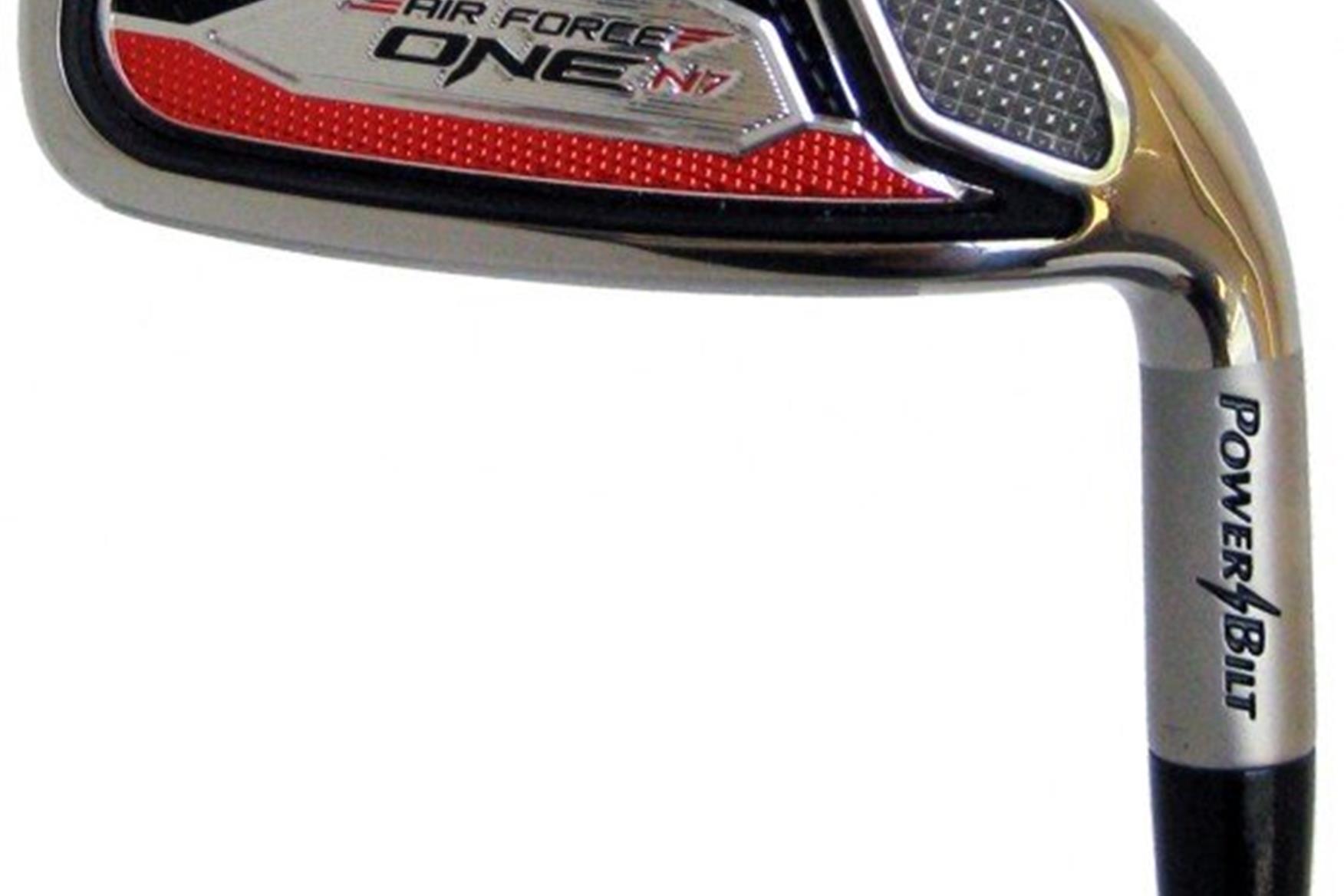

The shaft in my 10.5 degree test unit is a Fujikura Pro 63. There are roughly 25 shaft options available. All come standard with a 45.5″ shaft and a 58° lie. If you hit a lot of shots thin or high on the face, this may be a better choice. This means the height of the face is where much of the square footage is, rather than the width. Speaking of the face, the AFO features a “deep” face as seen above. The head is aerodynamically designed to reduce drag and allow more club-head speed. The cup-face shaped front is welded onto the body. Cup-face design is very popular among many drivers. The nitrogen isn’t the only notable feature in the “AFO.” The body is forged titanium with the popular cup-face design. But once again, I’m about results so if the lampshade on the head thing helps my score, I’ll do it. The result is increased ball speed, which I can’t believe I’m verifying, but I am. The nitrogen is also not susceptible to temperature changes so regardless of conditions it remains consistent. This allows for maximum trampoline effect and the thinnest legal club face, but still has great strength. According to PowerBilt, the nitrogen charge reinforces the club face without adding weight to the club.
#Powerbilt air force one df hybrid review driver#
So if the Terminator T1000 is coming at me, I can crack open my driver head and cover him with nitrogen. You see, the head of this driver is “charged” with it. The “N7” in the name of this driver represents the gas nitrogen. I’ve been gaming this driver for a couple of months now and I’m thrilled with what this driver has brought to my game: distance, accuracy and confidence. Yes, the name is more cheesy than a pound of Velveeta with cheese on top, but I don’t care. After this past weekend’s round I felt it was time to post my review of the PowerBilt N7 “Air Force One” DFX Tour driver.


 0 kommentar(er)
0 kommentar(er)
